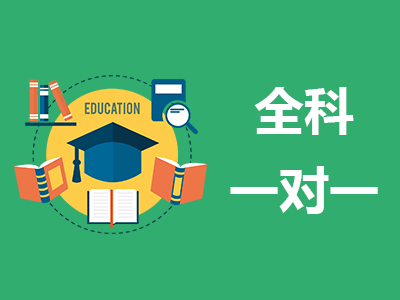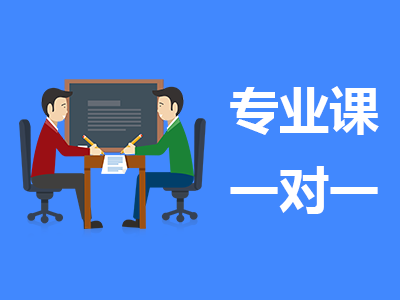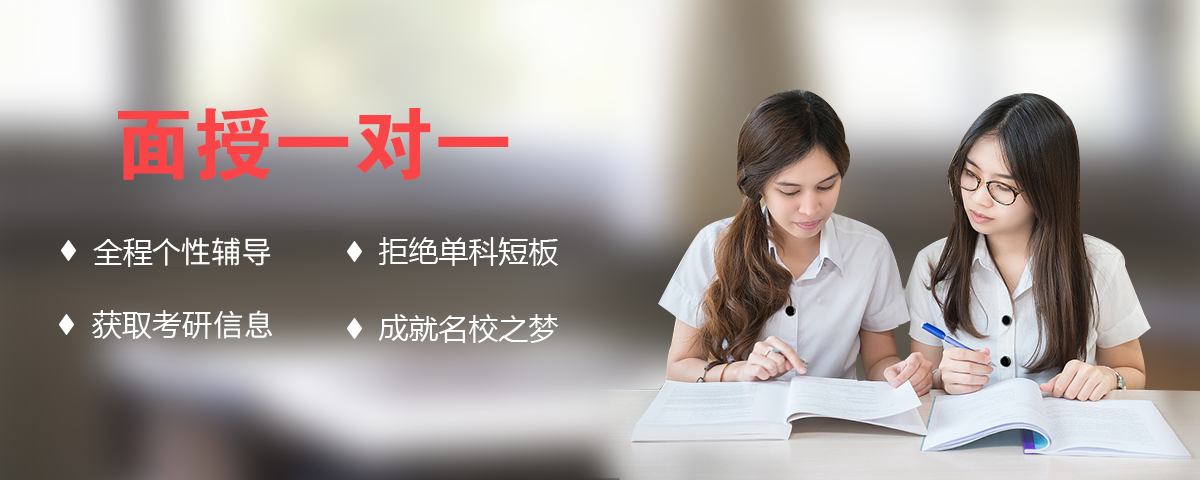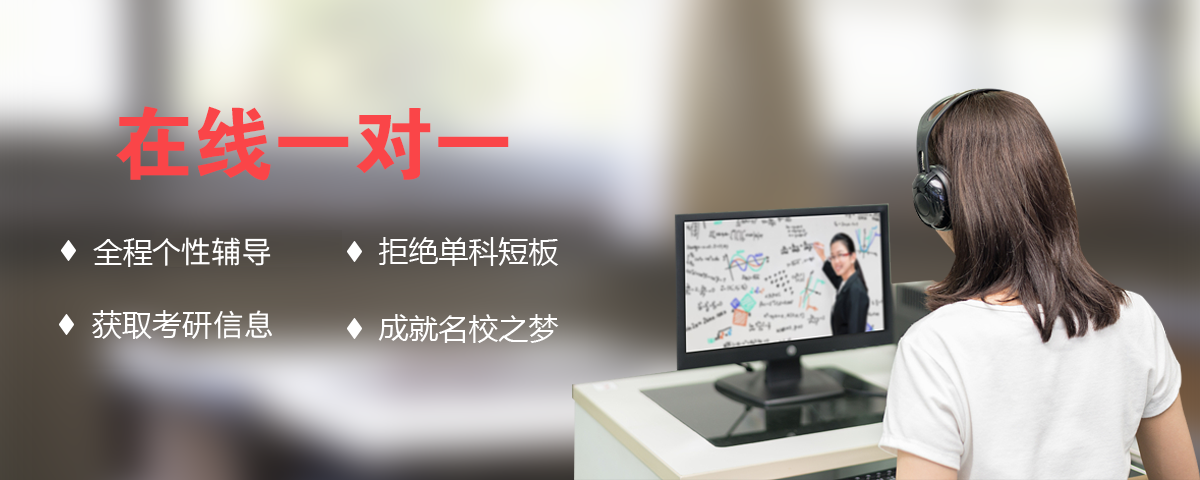Directions:
The following paragraphs are given in a wrong order. For Questions 41-45, you are required to reorganize these paragraphs into a
coherent text by choosing from the list A-G and filling them into the numbered boxes. Paragraphs A and E have been correctly placed
Mark your answers on the ANSWER SHEET (10 points)
How does your reading proceed? Clearly you try to comprehend, in the sense of identifying meanings for individual words and
working out relationships between them, drawing on your explicit knowledge of English grammar (41) ______you begin to infer a context
for the text, for instance, by making decisions about what kind of speech event is involved: who is making the utterance, to whom, when
and where.
The ways of reading indicated here are without doubt kinds of comprehension. But they show comprehension to consist not just
passive assimilation but of active engagement inference and problem-solving. You infer information you feel the writer has invited you to
grasp by presenting you with specific evidence and cues.(42) _______
Conceived in this way, comprehension will not follow exactly the same track for each reader. What is in question is not the retrieval
of an absolute, fixed or "true" meaning that can be read off and clocked for accuracy, or some timeless relation of the text to the world.
(43) _______
Such background material inevitably reflects who we are, (44) _______This doesn't, however, make interpretation merely relative
or even pointless. Precisely because readers from different historical periods, places and social experiences produce different but
overlapping readings of the same words on the page-including for texts that engage with fundamental human concerns-debates about
texts can play an important role in social discussion of beliefs and values.
How we read a given text also depends to some extent on our particular interest in reading it. (45)_______such dimensions of read
suggest-as others introduced later in the book will also do-that we bring an implicit (often unacknowledged) agenda to any act of
reading. It doesn't then necessarily follow that one kind of reading is fuller, more advanced or more worthwhile than another. Ideally,
different kinds of reading inform each other, and act as useful reference points for and counterbalances to one another. Together, they
make up the reading component of your overall literacy or relationship to your surrounding textual environment.
[A] Are we studying that text and trying to respond in a way that fulfils the requirement of a given course? Reading it simply for
pleasure? Skimming it for information? Ways of reading on a train or in bed are likely to differ considerably from reading in a seminar
room.
[B] Factors such as the place and period in which we are reading, our gender ethnicity, age and social class will encourage us
towards certain interpretation but at the same time obscure or even close off others.
[C] If you are unfamiliar with words or idioms, you guess at their meaning, using clues presented in the contest. On the assumption
that they will become relevant later, you make a mental note of discourse entities as well as possible links between them.
[D]In effect, you try to reconstruct the likely meanings or effects that any given sentence, image or reference might have had:
These might be the ones the author intended.
[E]You make further inferences, for instance, about how the test may be significant to you, or about its validity-inferences that form
the basis of a personal response for which the author will inevitably be far less responsible.
[F]In plays, novels and narrative poems, characters speak as constructs created by the author, not necessarily as mouthpieces for
the author's own thoughts.
[G]Rather, we ascribe meanings to test on the basis of interaction between what we might call textual and contextual material:
between kinds of organization or patterning we perceive in a text's formal structures (so especially its language structures) and various
kinds of background, social knowledge, belief and attitude that we bring to the text.
41. → 42. → 43. → 44. →45.
【参考答案】41.C 42.E 43.G 44.B 45.A
【试题点评】新题型要求考生从整体上把握文章的逻辑结构和内容上的联系, 理解句子之间、段落之间的关系, 对诸如连贯性、一
致性等语段特征有较强的意识和熟练的把握,并具备运用语法知识分析理解长难句的能力。新题型有三种题型,不同的题型考查的重点不
同,因此有不同的解题思路和技巧,需要考生全面把握,尤其是对于完形填句(段)题和排序题,是对语言能力和阅读理解能力的综合测
试, 因此在要求上远远高于小标题选择题和观点例证题,考生有必要对这类题型的答题思路多练习, 以提高自己在这个部分的应试能
力。具体相关知识点和解题思路在考研教育网冲刺阶段英语冲刺班新题型部分有重点讲解,在基础班阅读基础部分的阅读理解B(新题
型),和强化班的阅读理解B部分也均有涉及。


























